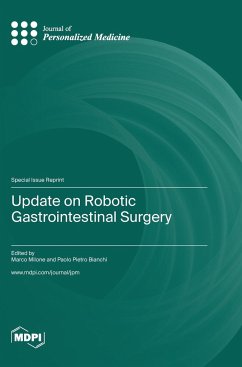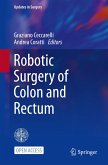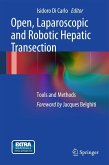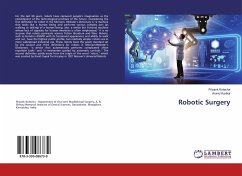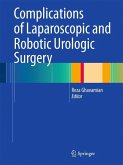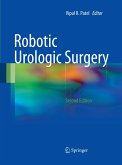Since the introduction of robotic surgery in the early 2000s, several studies have demonstrated its safety and feasibility in various complicated procedures, including esophageal, gastric, and colorectal surgery (for both benign and malignant pathologies), hepatobiliopancreatic surgery, and gynecological and urological procedures. Robot-assisted surgery provides the advantages of a magnified tridimensional view and movement stability without a tremor, which facilitate a precise dissection. The EndoWrist instrument also facilitates dissection at difficult angles, thus enabling surgery in complex conditions. Even if some of the advantages of robotic surgery have been defined, we are still far from clearly recognizing precise indications for a robotic approach in gastrointestinal surgery. With this Special Issue, we aim to investigate the conditions that support the robotic approach in gastrointestinal surgery toward the definition of gold-standard robotic procedures, as established in urological surgery for prostatectomy.

